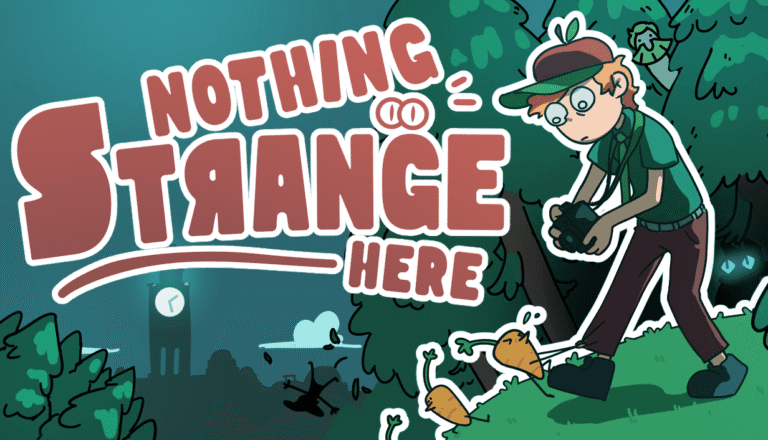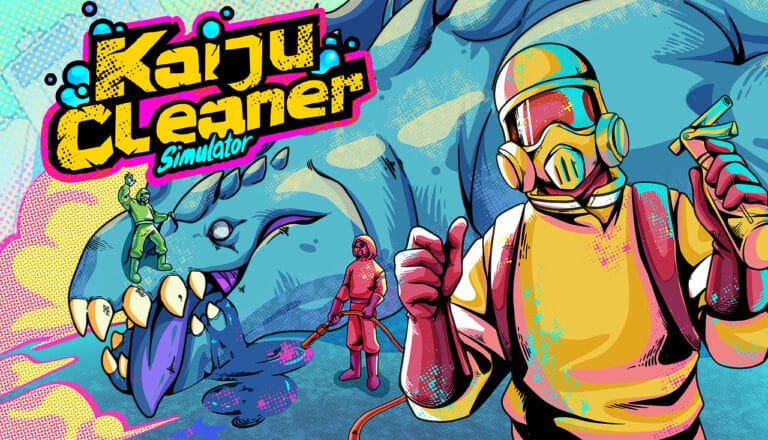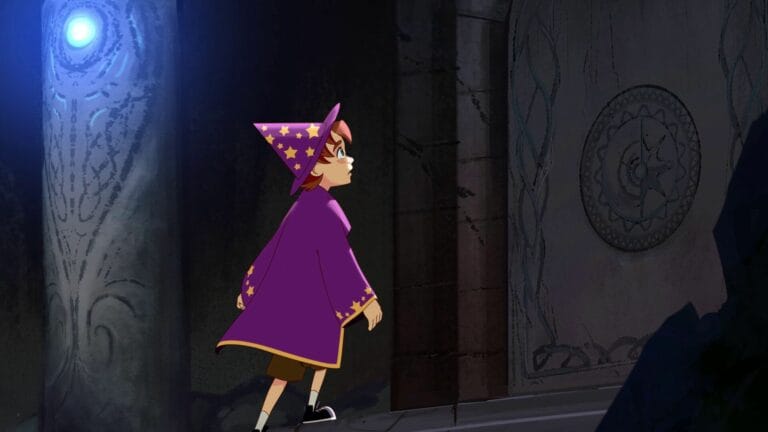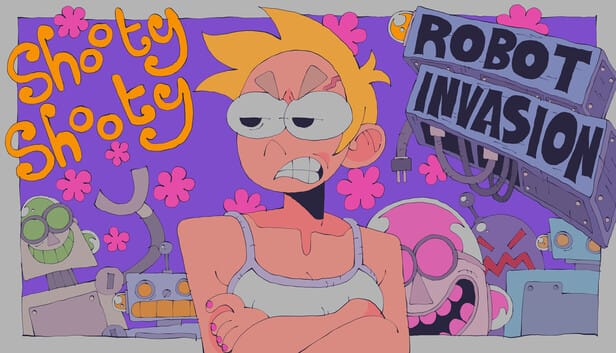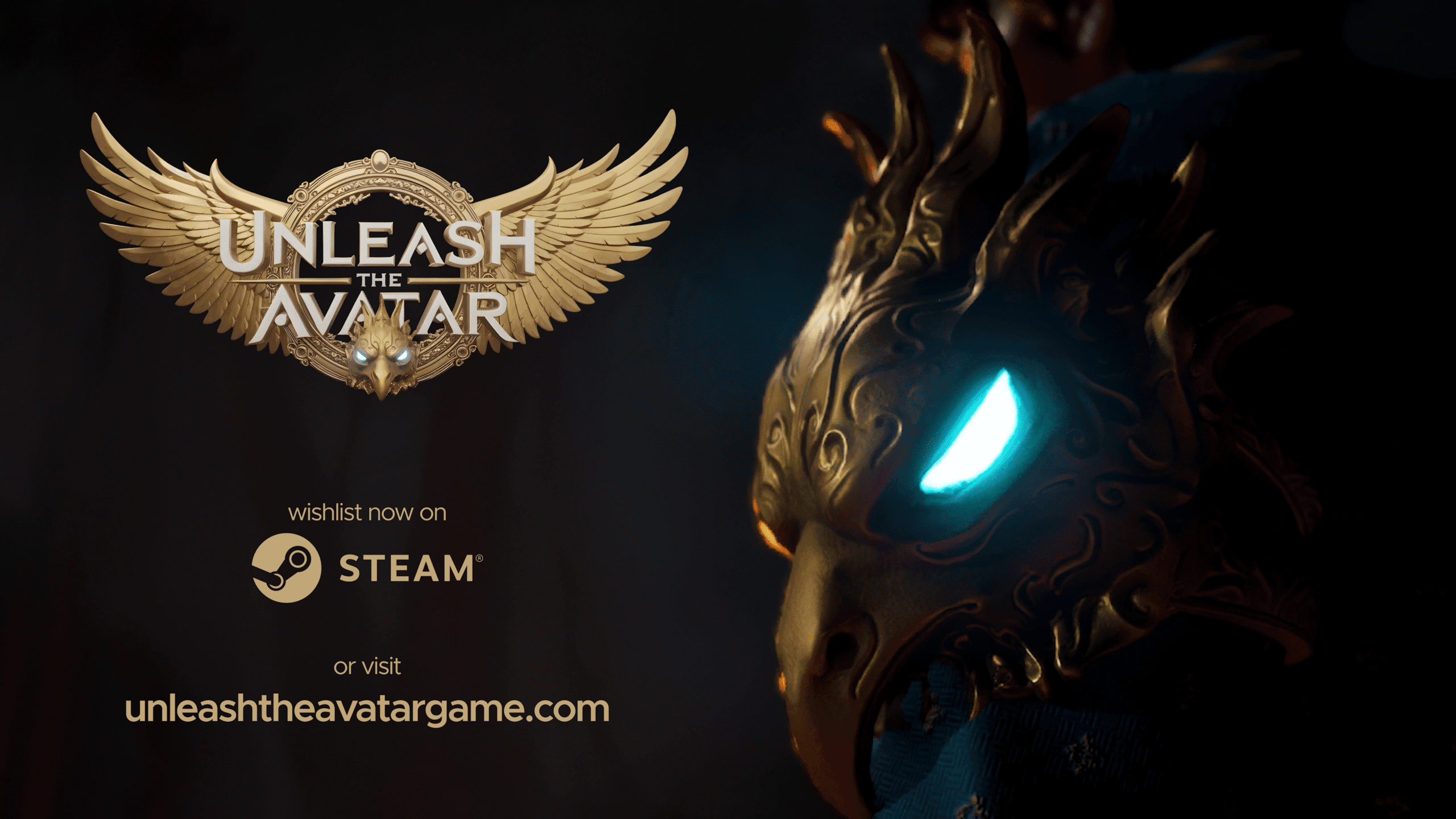
Watching a game studio aim for the stars when they genuinely believe it’s worth the shot carries a special kind of energy. Bengaluru-based Aeos Games embodies this with Unleash the Avatar, an ambitious Soulslike rooted in Indian epics and built with Unreal Engine 5 technology. While “Indian Soulslike” might sound like wishful thinking, Aeos’ recent gameplay reveal shows real substance behind the concept.
Early Impressions and Course Correction
When Unleash the Avatar first surfaced, reactions leaned toward polite curiosity rather than outright enthusiasm. The initial footage showcased impressive tech photogrammetry scans, motion capture, strong visual identity but lacked cohesive game feel. The studio has been transparent about its ambitions: creating a Soulslike rooted in Indian mythology and built from scratch in Unreal Engine 5.
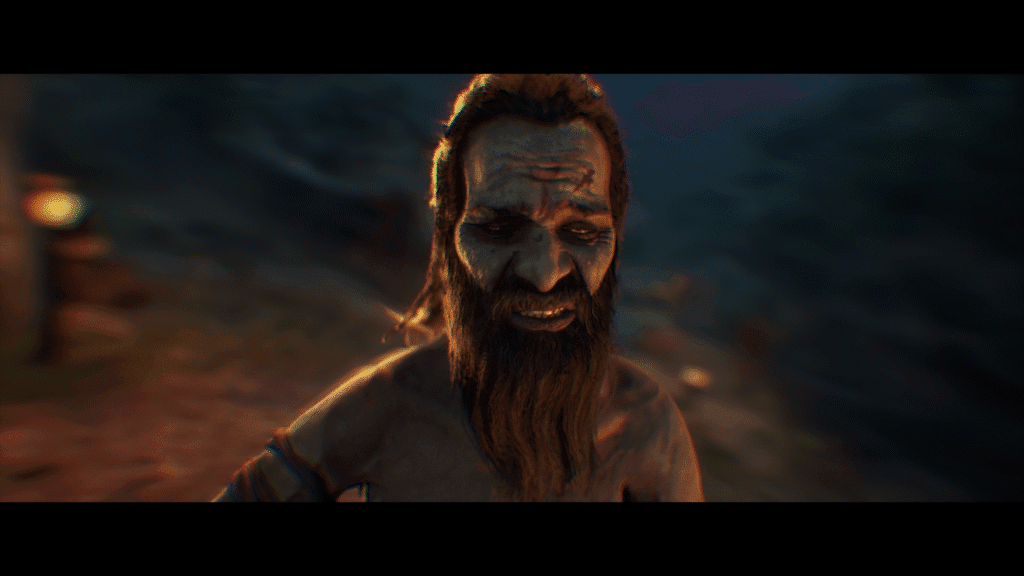
The new trailer presents a clearer vision. Unleash the Avatar positions itself as a mythological Soulslike set in an alternate India where Naraka (hell) bleeds into the mortal realm. The coastal ruins of Vishwapur look appropriately moody and dangerous, filled with crumbling temples, ash-covered beaches, and imposing enemy encounters. The technical work in-house photogrammetry, full-body motion capture, custom enemy AI represents the studio’s primary strength. Whether this visual polish translates into tight, satisfying combat remains the crucial test.
Aeos acknowledges the feedback from their first reveal. They pivoted towards a high-fantasy, epic-inspired setting that better matches their intended story rather than the more modern aesthetic initially shown. This feels like smart recalibration rather than panic.
Mythological Foundations
The lore driving Unleash the Avatar goes beyond surface decoration. The premise draws from classic epic storytelling: the barrier between Naraka and Earth has weakened, allowing Rakshasas and Asuras to roam freely. The player, imbued with a fragment of Vishnu’s power, must restore cosmic balance before humanity faces extinction.
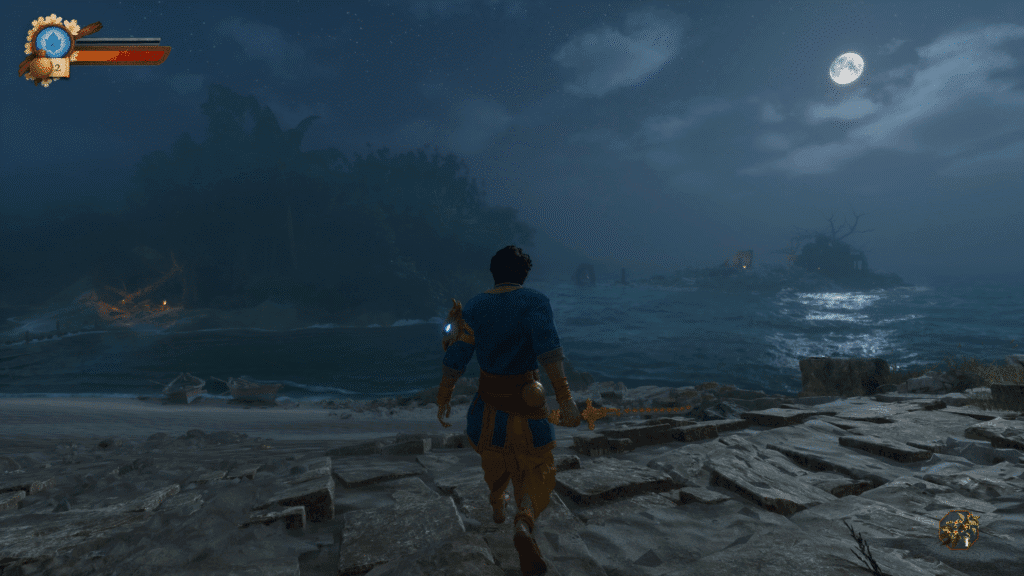
It’s ambitious territory part high fantasy, part existential horror. Vishwapur, once a peaceful coastal settlement, now bears the scars of hellish corruption. The art direction emphasizes this contrast: vibrant cultural elements clashing with divine decay. Temples sink into molten shorelines, god statues lie half-buried in ash, and spectral figures whisper forgotten mantras. The approach suggests depth beyond typical Soulslike grimness, trading European melancholy for cosmic Indian mythology.
Handcrafted Philosophy
In an era dominated by AI assistance, Aeos Games takes a deliberately analog approach. Their FAQ states plainly: “If you’re asking if we’re using generative AI tools to make Unleash the Avatar, the answer is no.”
This isn’t merely a technical choice it’s philosophical. Soulslikes demand intentionality. Every animation frame, enemy placement, and death serves a deliberate purpose. Automating these design decisions would, as Aeos argues, “be a disservice to soulslikes and their fans.” It’s the kind of purist stance that earns developer respect while making accountants nervous.
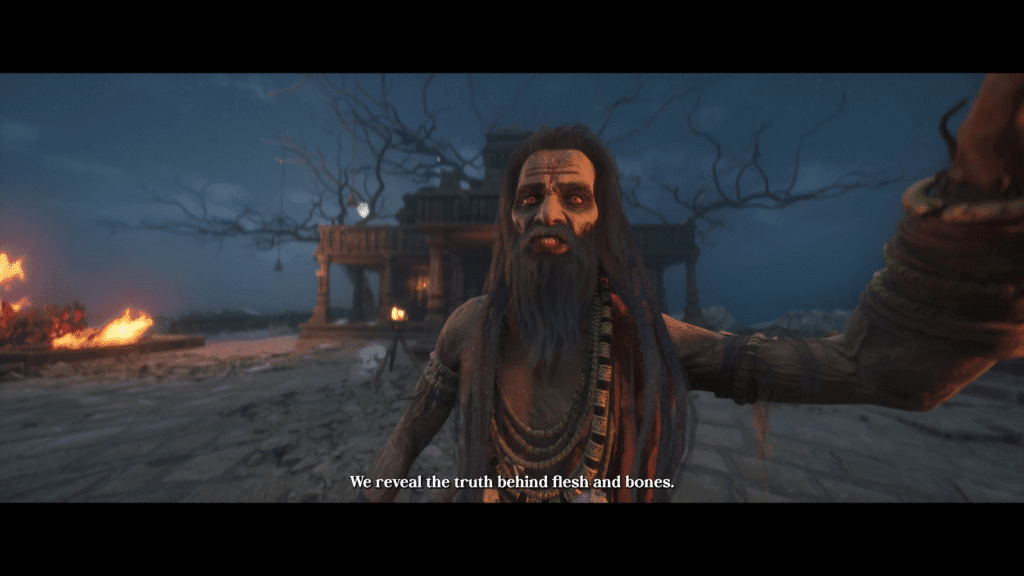
The human touch shows in the game’s underlying systems. Aeos’ “fragmented-chakra engine” governs everything from physics to parrying mechanics. Enemy AI evaluates posture, aggression, and timing dynamically rather than following rigid scripts. This behind-the-scenes complexity could make Unleash the Avatar feel genuinely alive compared to mechanically predictable Soulslikes.
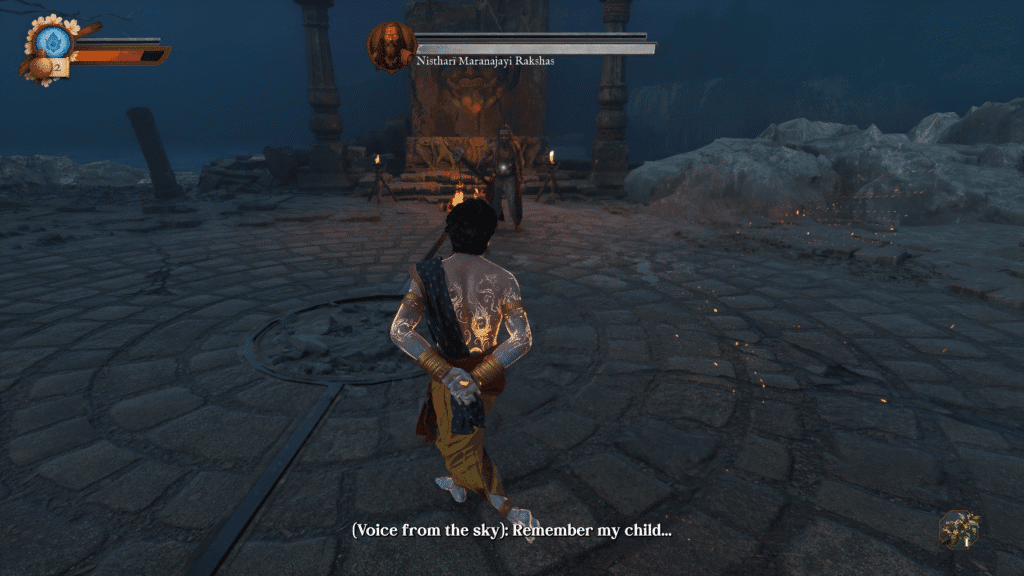
Leadership and Skepticism
Aeos Games operates under brothers Rohan and Varun Mayya’s leadership. Varun’s background in tech and startup circles initially generated skepticism about whether a studio from this environment could realistically build a hardcore Soulslike games that demand near-religious mechanical precision.
The recent reveal suggests a team learning its craft seriously. Vishwapur’s design references Indian cultural motifs without falling back on generic fantasy tropes. Enemy designs venture into grotesque territory while avoiding Western mythology clichés. The player’s moveset combines familiar Souls elements (dodge, parry, stagger) with distinctive additions: ranged chakra attacks and a “feather prism” transformation adding vertical movement options. Whether this reads as thoughtful innovation or flashy gimmickry depends entirely on execution.
Independent Ambition
Unleash the Avatar runs entirely on self-funding. No publisher backing. No external investors. Just a 40-person team mixing veterans from Ghost of Tsushima, Path of Exile, and Hogwarts Legacy with eager newcomers. It represents both the indie dream and the indie gamble.
Rohan Mayya puts it directly: “Every wishlist counts.” The desperation behind those words rings true. Indie studios survive or die based on visibility, and in Steam’s ecosystem where thousands of games launch monthly, getting players to click “Wishlist” transcends validation it becomes survival.
Aeos’ honesty here feels refreshing. They’re not pretending AAA status or hiding behind corporate speak. Instead, they appeal directly: “If you believe in a bold spin on the Soulslike genre from a scrappy team, please hit that wishlist button now.” It’s humble, honest, and strangely energizing.
Technical Ambition
Aeos embraces tech terminology with substance backing it up. Everything in Unleash the Avatar from fabric physics to weather-worn shrines uses Unreal Engine 5, supported by what the team calls “best-in-class” photogrammetry captured across Indian heritage sites. If accurate, their claim of scanning “countless assets from old towns in India” could make this one of the most geographically authentic Indian game depictions ever created.
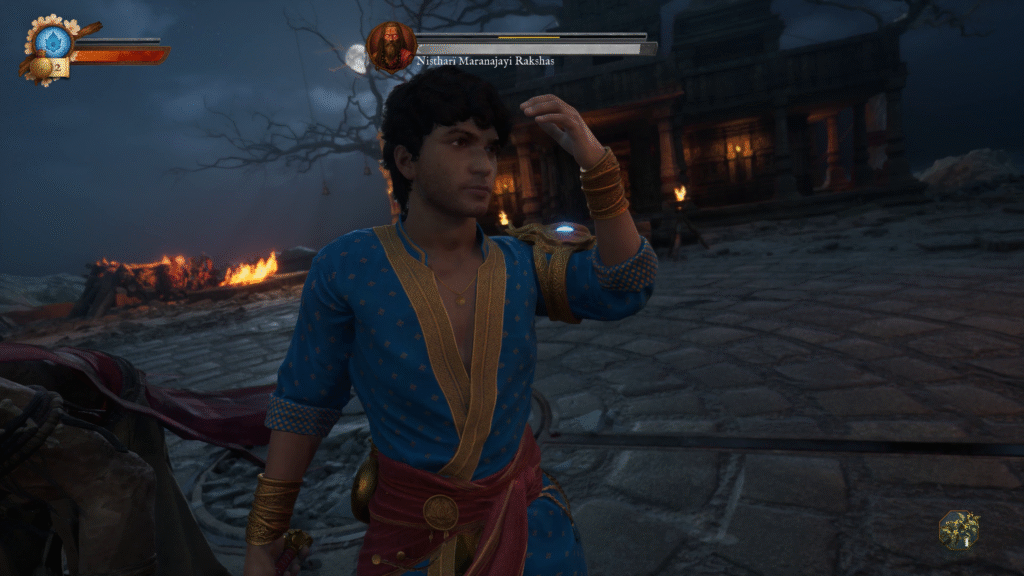
The in-house “fragmented-chakra engine” functions as both marketing flourish and technical achievement. According to Aeos, it governs their combat system’s physics, modeling energy flow and posture breaks more fluidly than standard UE5 systems allow. Whether players notice this difference matters less than whether it achieves its goal Soulslike veterans detect parry timing variations within frames.
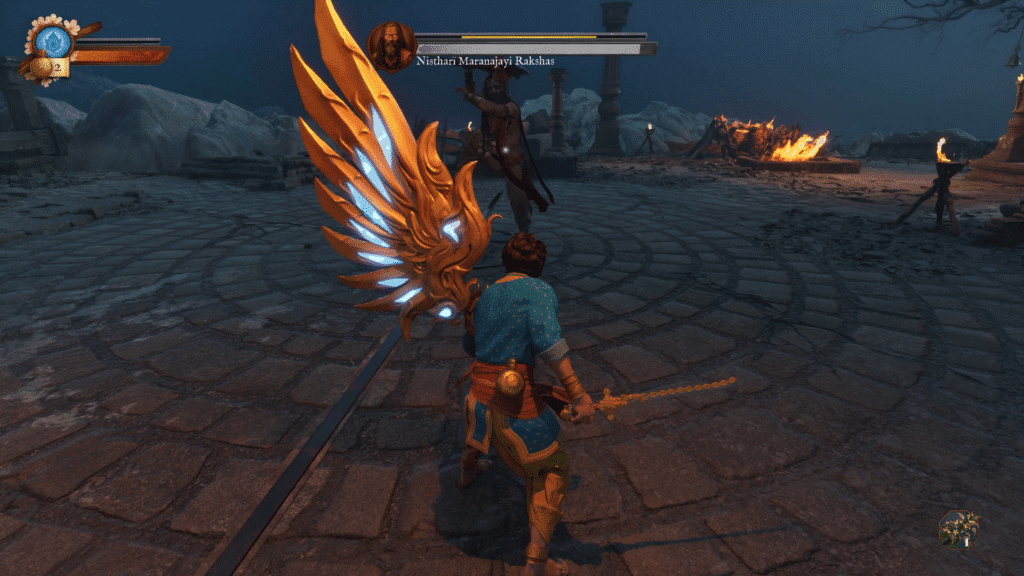
Their AI system sounds more promising: enemies that understand when to reset posture or press attacks, all tuned centrally rather than scripted per encounter. This suggests Aeos grasps that Soulslikes live or die by the rhythm between aggression and patience. Getting this dance right would justify their technical ambitions.
Cultural Context and Pressure
When regional developers tackle globally beloved genres, the temptation exists to frame efforts as movements. Reality proves messier. India’s game development scene has quietly matured over years, with studios like Nodding Heads Games (Raji: An Ancient Epic) and SuperGaming (Indus) taking early swings at culturally rooted titles. Unleash the Avatar represents evolutionary progress: not a proof of concept, but an attempt at industry parity.
Success would shift perceptions about Indian studios’ technical and creative capabilities. Failure would still serve a purpose demonstrating that ambition exists here without publisher support. Either outcome advances the conversation.
The scope difference this time is significant. Aeos isn’t building a compact atmospheric indie experience; they’re pursuing a full-scale action RPG with custom systems. That’s demanding work for a 40-person team, even with AAA veterans included. Independence proves admirable, but it also means no safety net. The Mayya brothers have repeatedly emphasized the project’s self-funded nature; success or failure belongs entirely to them.
Monetization Philosophy
Aeos explicitly states what they’re avoiding: no battle passes, no microtransactions, no live-service elements a single premium purchase. In an era where monetization strategies often overshadow game design, this represents clear positioning. It won’t appeal to everyone, but it communicates intent: this game has a beginning, middle, and end, not an endless engagement treadmill.
Their rejection of generative AI tools for core content creation stems from similar principles. The team argues that handcrafting remains central to making Soulslikes that respect genre standards. This stance proves defensible; Soulslikes depend on animation precision, enemy behavior consistency, and frame-perfect timing windows. If their custom “fragmented-chakra engine” and AI systems deliver on promises, avoiding generative shortcuts could pay off in quality. If these systems underperform, the same decision might look naive.
Measured Expectations
Soulslike enthusiasts have learned caution. For every breakout success like Lies of P or Mortal Shell, dozens of competent but forgettable attempts exist. Unleash the Avatar distinguishes itself through tone: cosmic Indian mythology instead of grimdark European atmosphere. Its hell isn’t fire and brimstone it’s Naraka, layered realms of moral consequence and corrupted divinity. If Aeos weaves this theology into gameplay rather than treating it as cosmetic dressing, the result could feel genuinely fresh.
Polish will determine everything. Soulslikes succeed through texture steel striking bone, micro-staggers confirming hits, half-second windows separating triumph from failure. Aeos’ technical claims sound robust, but without live demonstrations featuring UI systems, stamina management, and boss pacing, no amount of photogrammetry guarantees proper game feel.
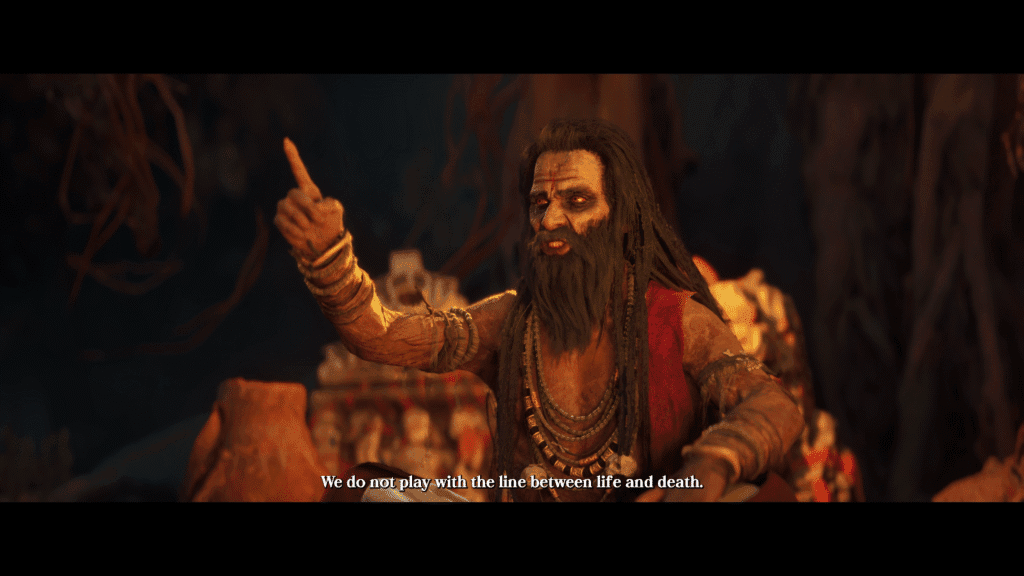
Unleash the Avatar deserves attention even from skeptics. It’s not another nostalgia-driven remaster or franchise entry it’s a personal, culturally specific gamble. The odds remain long, but the attempt itself carries significance. India has spent years being a massive game market rather than a recognized creator. Projects like this shift narratives, one risky swing at a time.
If Aeos succeeds if Vishwapur becomes a location players whisper about alongside Lordran or Yharnam the victory won’t belong solely to the Mayya brothers. It would mark a coming-of-age moment for Indian game development. Even if it falls short, it leaves behind lessons that push the next team further.
Until then, keeping an eye on that Steam page, maybe hitting “Wishlist,” and hoping that 2026 brings something rare: a Soulslike with an actual soul.
